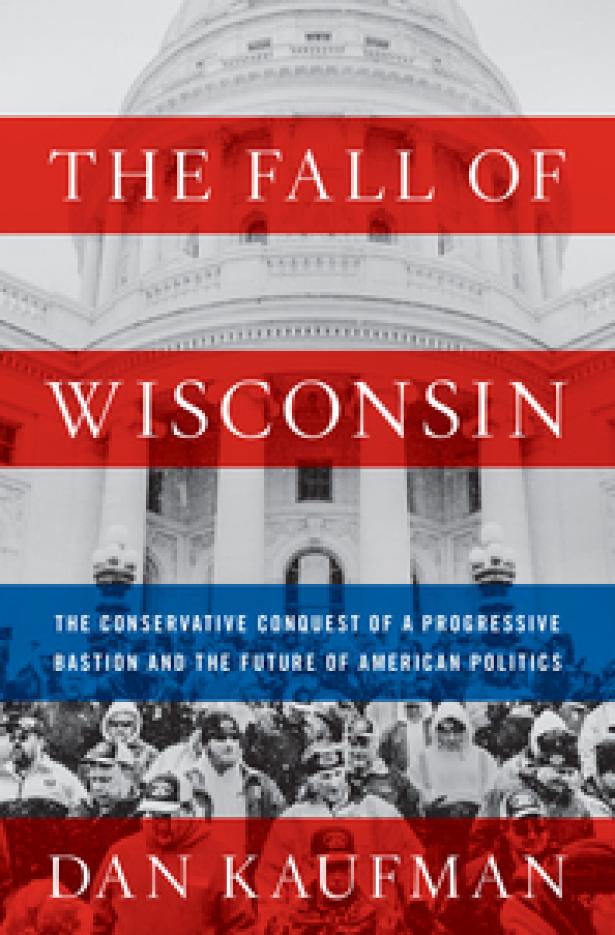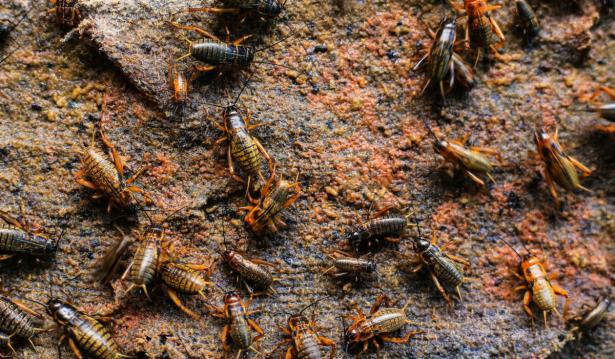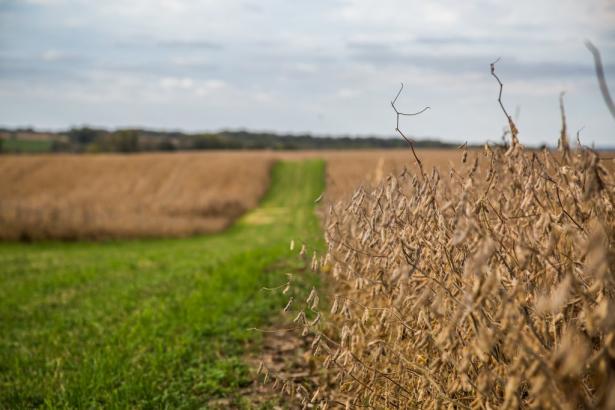Missing the Dark Satanic Mills
The New York Review of Books

After three centuries, giant factories remain sites not only of production for use but of exploitation, class warfare and environmental degradation. The book author writes of how the factory still effects our dreams and nightmares.









Spread the word